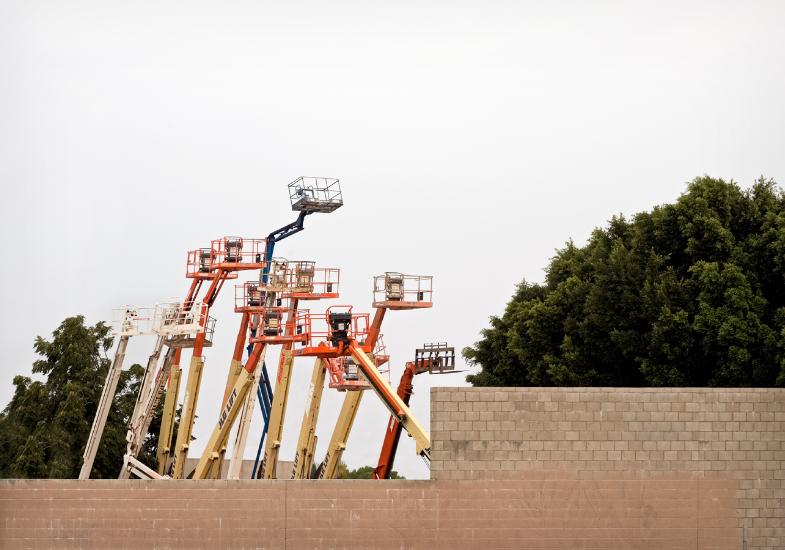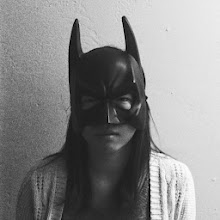 |
| Ahern Rentals, Westminster, California, 2006 |
The exhibition is divided into three parts. The first floor provided a timeline look of landscape photography that spanned the decades. There were photographs from Ansel Adams to Grant Rusk. The photographs in the earlier part of the timeline provided a picturesque view of the untouched landscape, a landscape unscarred. As you walked from bay to bay, the photographs became increasingly marred by human hands. Roads, structures, and power lines became a reoccurring motif in the latter photographs. The photographic movement called the New Topographics began changing the tradition of landscape photography that Ansel Adams and Minor White provided.
As you get up to the second floor, there are digital books that people can flip through to get a better idea of photographs of the changing landscape. On the third floor, you enter a different era of landscape photography. The top floor exhibition is called “Aftershocks: The Western Landscape Today.” This floor provides photos by contemporary artists which now live in a very developed landscape. There are photos by John Divola, Laurie Brown, Brad Moore, and others.
In the series of photographs by Brad Moore, the viewer can sense a type of smart humor emitting from the images. Moore’s photographs provide the viewer with images of development trying to camouflage itself as nature. In the colored photograph, Ahern Rentals, Westminster, California (2006), Moore takes a photograph of a group of cherry pickers which are in various stages of extension and height. The cherry pickers are flanked by two trees which are all behind a two tiered cement block wall. The way the group of cherry picker are positioned makes them look like a silhouette of a third tree. The space between the two trees is now occupied by a synthetic tree made of cherry pickers. The shape of the individual cherry picker can even be thought of as mimicking the individual branches of a tree. The other photographs follow along the same lines of mimicry. The photograph was fairly large in size; I would say 16x30 in. It was framed in a thick dark tinted wood frame.
I enjoyed the exhibit and the photographs presented at the show.
I enjoyed the exhibit and the photographs presented at the show.

